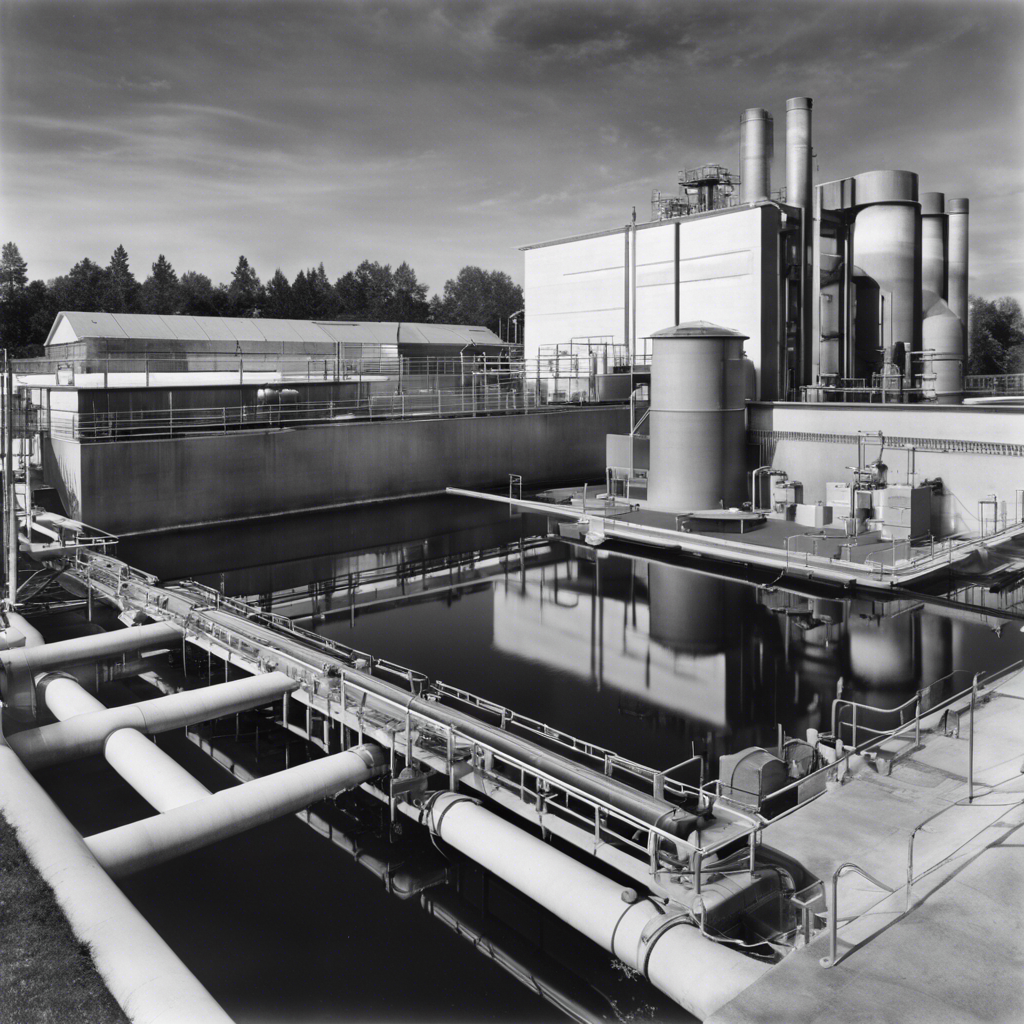Table of Contents
This is what comes of free speech absolutism. Yes it's elementary-school grade harmless scatological fixation. Mozart had a fondness for this kind of humor, but he gets a pass for compensating factors. This juvenile delinquent doesn't. But it's not like Nazigate here recently. So, what's the big deal?
The argument from gravity

Under the proactive policing model, toleration of petty transgression by fosters escalating levels of pushing the boundaries for whatever reason. Not enough parental attention? Who knows. The teleological tendency is toward turning a venue like Central Park on a nice spring day into San Francisco's City Hall Plaza. Where to hang out in virtual analogs is a rhetorical question. It's not where middle-school kids hang out while skipping homeroom.
The refusal of substack.com to filter postings through a screening process beforehand is understandable. In the beginning it's potentially intrusive on the vast majority of posts. In the end enough gets through to change the audience which begins flooding the zone and driving away writers and readers who came here for an experience that is for grown ups with manners.
For declining to remove stuff that's already been posted, substack relies on an intellectually vacuous rationale that puts itself on a par with a state actor who refrains from assessing content on principled grounds except in the most egregious cases.
I've taken up writing at my new site hosted by ghost.io where I can avoid intrusive speech. My house, my rules. I'll continue to read here until the sewers start overflowing the gutters.
substack has a defensible rationale that they didn't offer, but that doesn't explain why they should do nothing.
Here's the rationale: Where do you draw the line on references to human solid waste? Pick a number, any number
- Examination of stool samples for occult blood aids in early diagnosis of colon cancer.
- Constipation can be eased with home remedies such as changing diet to emphasize foods high in dietary fiber, laxative such as psyllium husk or polyethylene glycol. For immediate relief an enema, such as monobasic sodium phosphate monohydrate solutions administered rectally
- Bear scat can provide definitive information on the habitat ranges of recovering population
- My toddler then said "number two!" So cute.
- Even if no one is looking you have to pick up your dog's poop.
- Personally, I won't put up with that particular species of feces.
- What a load of crap!
- … and, so, if the Foo shits, wear it
- Get your shit together
- Don't sling that shit sandwich at me
- You cheap piece of shit!
- I hope you fall into an outhouse and drown in your own shit!
- I hope that your shit don't stink because you're going to be eating it soon.
- Some patriot should freeze dry that shit, if you know what I mean
- Watch your back while you wipe the shit off your ass 'cause there's gonna be a red laser dot on the right side just below the rib cage over the liver where you'll never see it. LOL! Die in pain, shithead.
The are references to shit in various flavors, either clinically, descriptively, figuratively or vituperously. The answer is "it depends." What it mostly depends on is the context of the conversation, the prevailing usage of the community in which it takes place and even unrelated issues. That call can't be made in real time, it can't be easily made by human operators, and human operators will make inconsistent judgments without an analog to the legal system to resolve the inconsistencies.
Digital processing is available to operate on the basis of trigger words ("bright line rules") naively if [badword] then [delete post] or with more subtly based on AI models. It's still going to lack specificity or recall. It's going to screen too much or too little.[1] For example
A cartoon of an adult with the expression of a toddler who thinks he has a dirty diaper
drew a block on one image generator but not on another. You can sort of guess the designers' thought processes.
There is more than one community hanging here and only a slice will ever be content with any particular stance, especially since there are different sub-communities with different expectations.
There's a bust. One size fits all doesn't.

What would be the smart thing to do is to train up a useful bot that is tunable in the hands of users to control what they see in a fine-grained way. SaaS—software as a service—sell it.
Or if that's beyond management's entrepreneurial vision, license an application programming interface to third-party providers to sell a tunable moderation service. Or even open sourcing it to allow do-it-your self-help.
Shit flows downhill, which is why we have sewers to intercept it and channel it off for treatment before it enters the drinking water supply.

[1] Specificity and recall are two important metrics used in the field of machine learning and statistics, particularly in classification problems. They are used to evaluate the performance of a classification model, such as a binary classifier.
- Specificity: Specificity measures the proportion of actual negatives that are correctly identified as such (e.g., the percentage of healthy people who are correctly identified as not having a condition). It is also known as the true negative rate. The formula for specificity is: $\text{Specificity} = \frac{\text{True Negatives}}{\text{True Negatives + False Positives}}$ In other words, specificity answers the question: "Out of all the actual negatives, how many did the model correctly identify?"
- Recall: Recall, also known as sensitivity or the true positive rate, measures the proportion of actual positives that are correctly identified as such (e.g., the percentage of sick people who are correctly identified as having the condition). The formula for recall is: $\text{Recall} = \frac{\text{True Positives}}{\text{True Positives + False Negatives}}$. Recall answers the question: "Out of all the actual positives, how many did the model correctly identify?"
In summary, while recall is focused on the model's ability to identify all relevant instances (true positives), specificity is concerned with the model's ability to identify only relevant instances and exclude non-relevant ones (true negatives). In practical applications, the choice of emphasizing recall or specificity depends on the specific requirements and consequences of false positives and false negatives in the given context. For example, in medical testing, a high recall is often prioritized to ensure that as many true cases of a disease as possible are identified.





